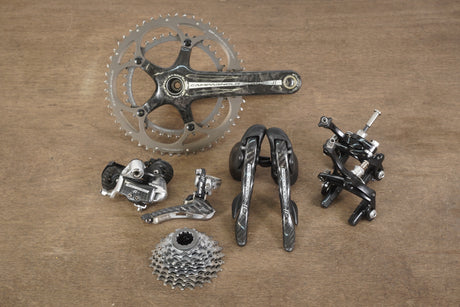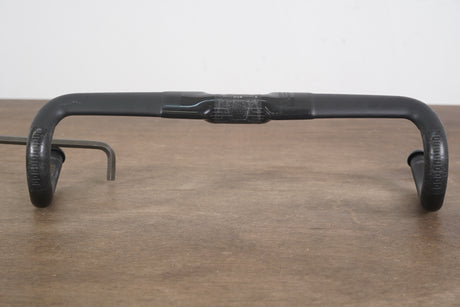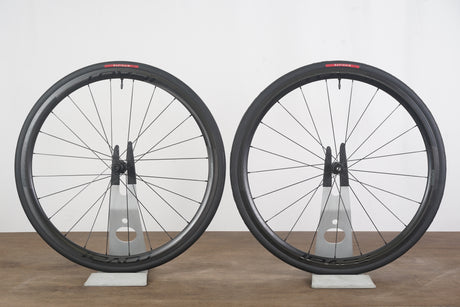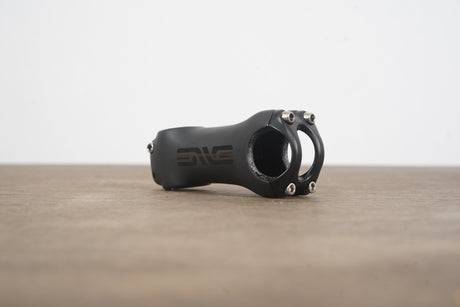If you’ve ever wondered where did the bike originate?, the story might surprise you. The modern bicycle is the result of centuries of invention, trial, and refinement. Knowing its origins helps you appreciate not just the history of cycling, but also the technology behind the bike you ride today.
The Early Beginnings
The first concept of a bicycle dates back to Germany in 1817. Baron Karl von Drais invented the “Laufmaschine” (also known as the draisine or hobby horse). It had two wheels, a wooden frame, and no pedals—riders pushed themselves forward using their feet on the ground.
The Evolution of Pedals
The next big step came in France in the 1860s. Inventors Pierre Michaux and Pierre Lallement added pedals to the front wheel, creating the first pedal-powered bicycle. This design, called the “velocipede,” made cycling practical and popular.
The Safety Bicycle
By the late 1800s, English manufacturers introduced the safety bicycle—with equal-sized wheels, a chain drive to the rear wheel, and pneumatic tires. This design is almost identical to modern bicycles and made cycling accessible for everyday people, not just adventurous riders.
Global Growth
From Europe, the bicycle spread worldwide. By the early 20th century, it became a key mode of transport, a tool for sport, and a symbol of freedom. Today, bicycles range from high-performance road bikes to mountain bikes and e-bikes, but they all trace their roots back to that first wooden invention in Germany.
Final Thoughts
So, where did the bike originate? The journey began in Germany, grew in France, and was perfected in England before spreading globally. Each stage added something vital—balance, pedals, chains, and comfort. When you buy a modern bike, you’re not just getting a machine—you’re investing in over 200 years of innovation and progress.
FAQs
1. Who invented the first bicycle?
The first bicycle concept, without pedals, was invented by Karl von Drais in Germany in 1817.
2. When did bicycles become popular?
Bicycles gained popularity in the 1860s with the pedal-powered velocipede, and even more in the 1880s with the safety bicycle.
3. Why is the safety bicycle important?
The safety bicycle introduced equal-sized wheels, chain drive, and tires—features still used in today’s bikes.






